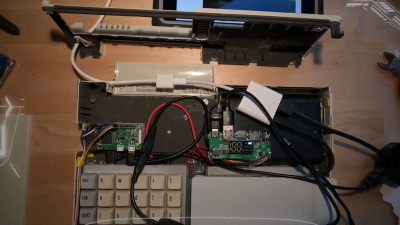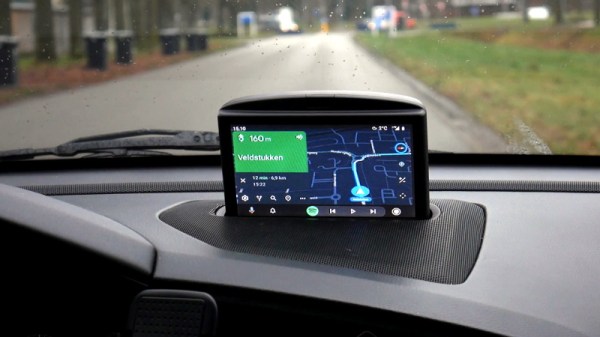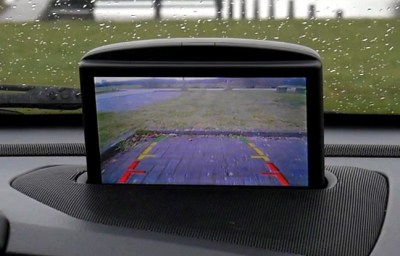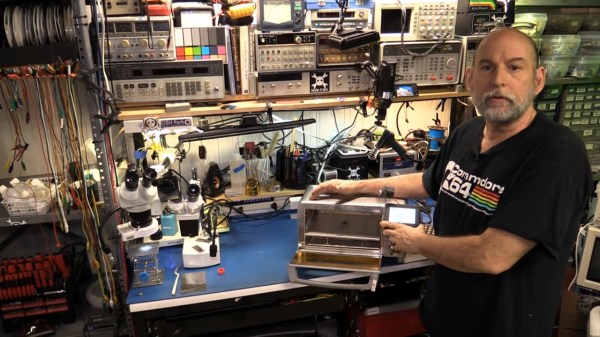If the Cortex family of embedded microprocessors aren’t flexible enough for your designs, an article published this week (click here for the PDF version) in the journal Nature might be of interest. We’re not talking flexibility in terms of features, but real, physical flexibility of the microprocessor itself. A research team from Arm Ltd. has developed the PlasticArm, which is a 32-bit processor derived from the Cortex-M0+ family.
They accomplished this by constructing a CPU from metal-oxide thin-film transistors (TFT) on a polyimide substrate, the resultant chip being called a natively flexible microprocessor. While much of the hype focuses on the flexibility aspect, we think the real innovation here is the low cost. The processes used to deposit transistors onto silicon wafers is much more expensive than those on this flexible substrate.
Don’t get too excited just yet, because there were some compromises made along the way. Modern microprocessor silicon dies are measured in the tens of microns, but the PlasticArm total die size is a comparatively whopping 9 mm square. The researchers were appropriately focused on the core CPU, and the auxiliary building blocks such as ROM and RAM seem almost an afterthought. With only 456 bytes of program store and 128 bytes of RAM, only the tiniest of applications are suited to this chip. Other compromises were made, such as no internal registers — they are mapped to the external RAM — and the CPU runs a lot slower than we’re used to, topping out at 29 kHz (note: k not M).
There are certainly some challenges with this new technology, and we won’t be designing with these chips any time soon. But it has the potential to offer benefits in certain niche applications where low-cost and/or flexibility is more important than processor speed and performance.




















